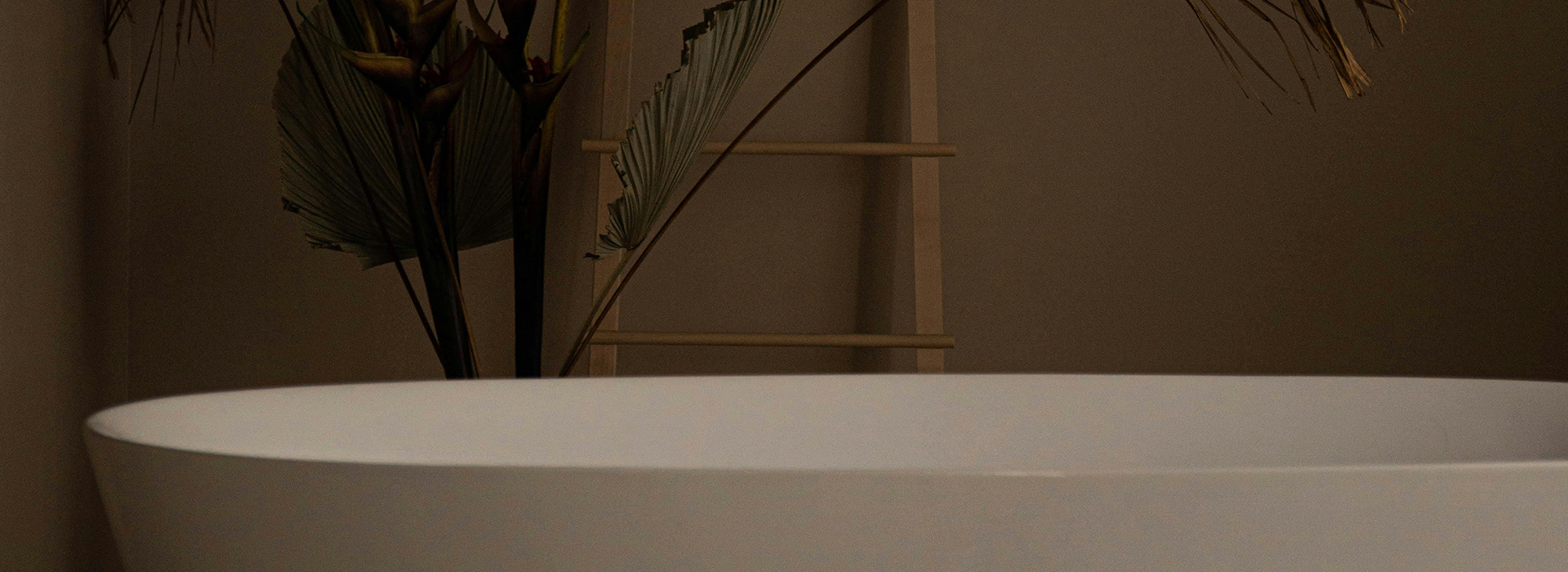Bathroom cabinet development overview: the global market size of $39.71 billion in 2024
Release time:
2022-01-24
Classification:
Company News
The global bathroom cabinet market is $39.71 billion in 2024 and is expected to grow at a compound annual growth rate of 3.3 per cent over the 2024-2029 forecast period, according to data from a consultancy.
Bathroom cabinets make the bathroom look more beautiful and perform better by choosing the right size, style and material. Bathroom cabinets can also provide extra space to make the bathroom more tidy.
In recent years, the purchasing power of people in developed regions and the preference for smart buildings have driven the demand for new housing. In addition, there is a surge in renovation and renovation activities in developed regions, driving the market demand for functional bathrooms and modern bathroom facilities.
analysis of development trend
Due to the growing consumer demand for environmentally friendly products such as artificial stone and recycled glass, the global market for innovative bathroom cabinets is also expanding. At present, modern features such as glass and high-pressure plastic laminates with LED backlighting are favored by consumers.
Limiting factors: increasing health problems
The use of urea-formaldehyde binder as a binder in the board production process is a major concern about the health risks of medium density fiberboard (MDF). MDF is a cost-effective material that can be used with various varnishes, water-based paints and oil-based paints. However, MDF contains formaldehyde, and long-term exposure to formaldehyde can cause leukemia and cancer, as well as irritating the nose and sinuses.
Market Segment Analysis
According to materials, the global bathroom cabinet market can be divided into metal, wood, glass, ceramic and stone. In 2024, the timber segment holds a large share. Wood has durable, strong and other characteristics, has always been the bathroom cabinet used more materials. However, due to factors such as environmental degradation and the porosity of wood (which can absorb water molecules from the air), people began to switch to other materials.
Ceramics have the characteristics of easy maintenance, flexible size, environmental protection, waterproof, durable, seamless installation, convenience and cost-effectiveness. The market segment is expected to grow steadily during the forecast period. In addition, ceramics do not contain dust, dirt or allergens, and there are different colors and designs to choose from, suitable for different styles.



